History of Stockings
Stockings, a garment often associated with fashion and function, have traversed centuries as a fundamental part of attire. From their ancient origins to their contemporary significance, the evolution of stockings is a testament to the intertwining of culture, fashion, and practicality.
The history of stockings can be traced back to ancient civilizations such as Egypt and Greece. In these early times, stockings were crafted from animal skins or fabric and were primarily worn for warmth rather than as a fashion statement.
The Middle Ages witnessed the emergence of knitted hose, a precursor to modern stockings. Initially made from wool, these hose were typically worn by men and women, signaling a shift towards a more functional garment.
The Renaissance era marked a pivotal moment for stockings, especially among the aristocracy. Silk stockings gained popularity among the elite, becoming a symbol of wealth and status. Intricate designs and embroidery further elevated stockings as a fashion accessory.
The Industrial Revolution revolutionized stocking production. The invention of knitting machines and the use of cotton and nylon transformed the industry, making stockings more accessible to the general population.
The invention of nylon in the 20th century revolutionized the world of stockings. Nylon stockings became a sensation, offering durability and affordability. The 1960s saw the rise of pantyhose, combining panties and stockings into a single garment.
In modern times, stockings have evolved into a fashion statement, available in various styles, colors, and materials. They are worn for both aesthetic purposes and practicality, catering to diverse fashion tastes and needs.
Conclusion
The history of stockings is a testament to the evolution of fashion, technology, and societal norms. From humble beginnings as a practical garment for warmth to becoming a symbol of elegance and style, stockings have traversed time, leaving an indelible mark on the world of fashion and attire. Their journey showcases not just changes in clothing but also the evolution of human expression and culture.




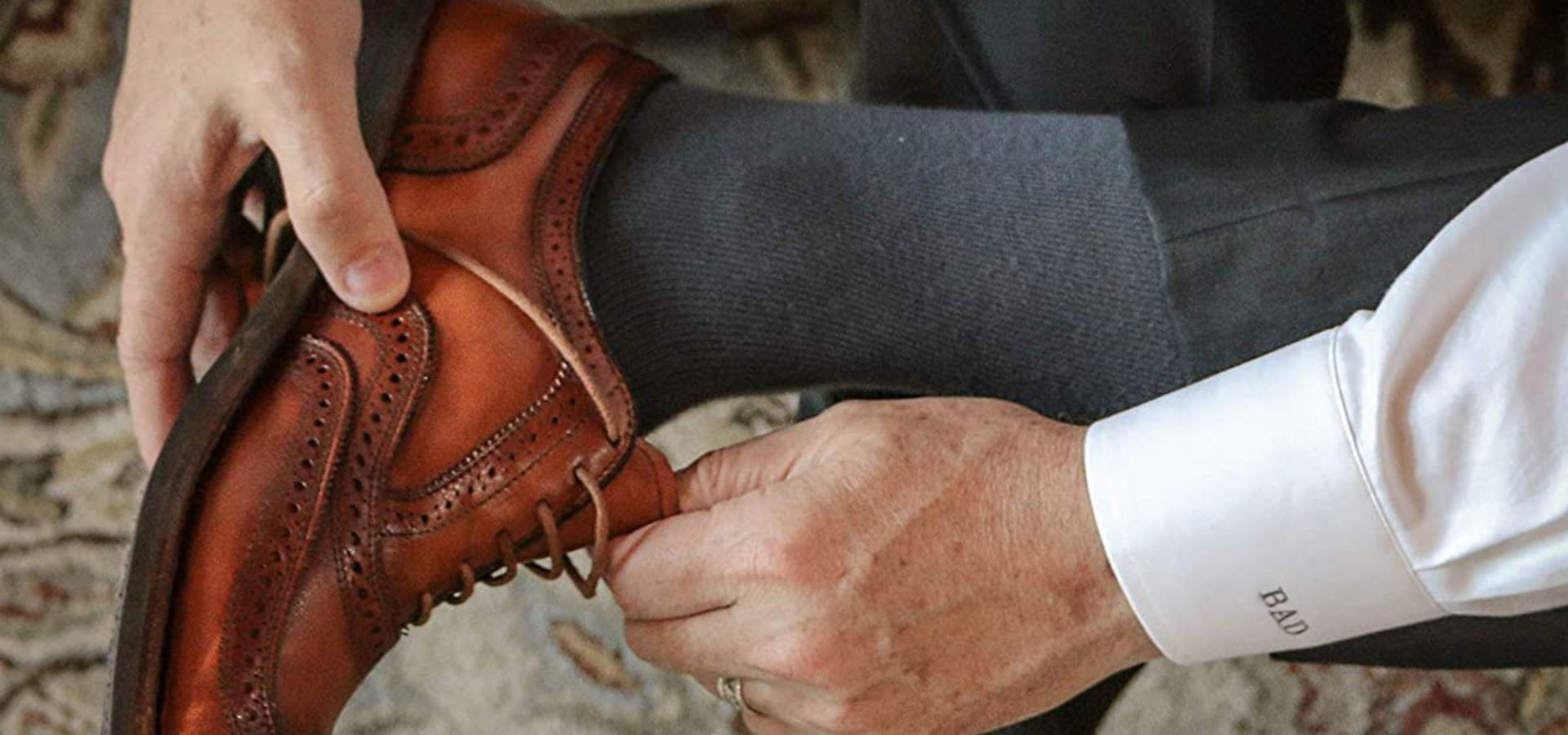
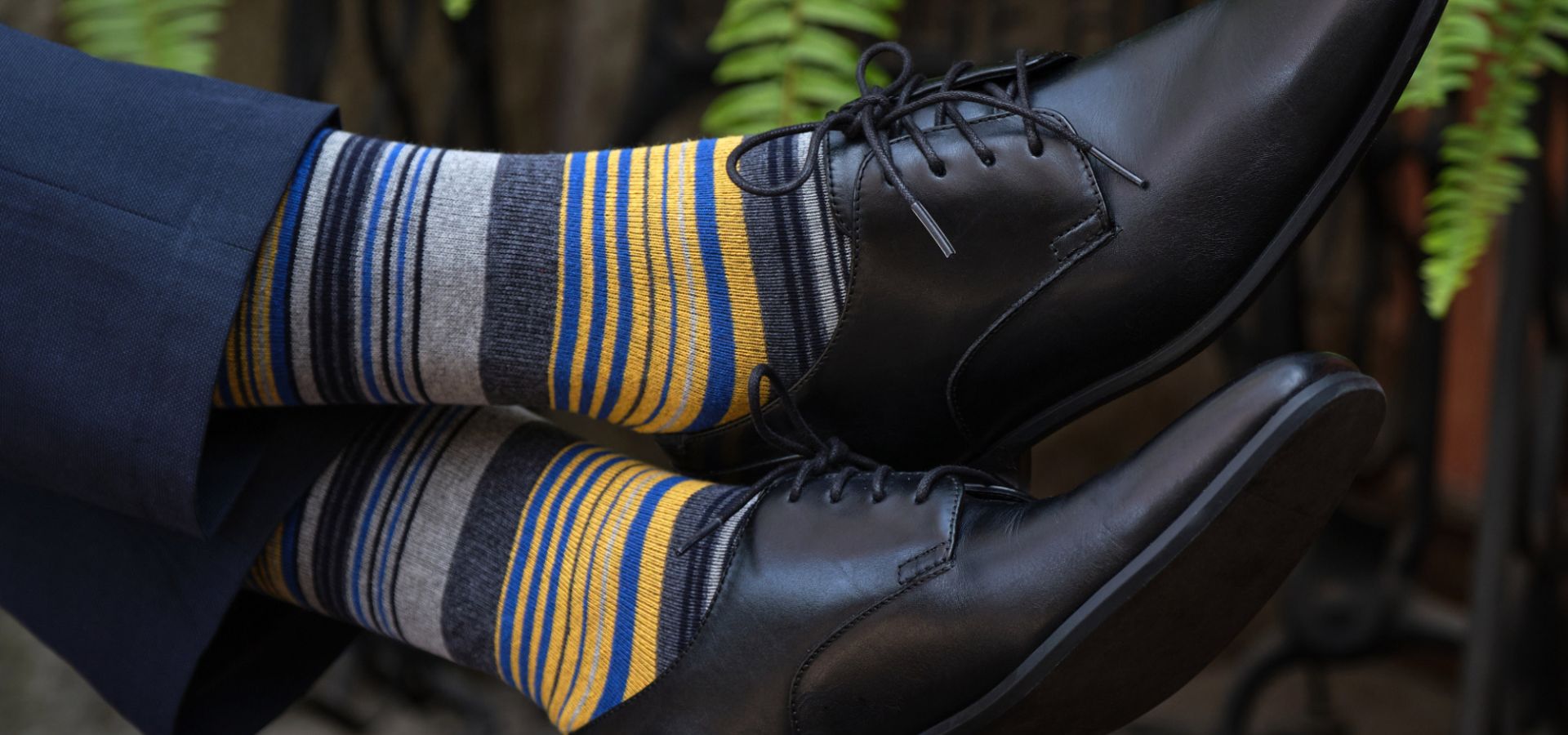
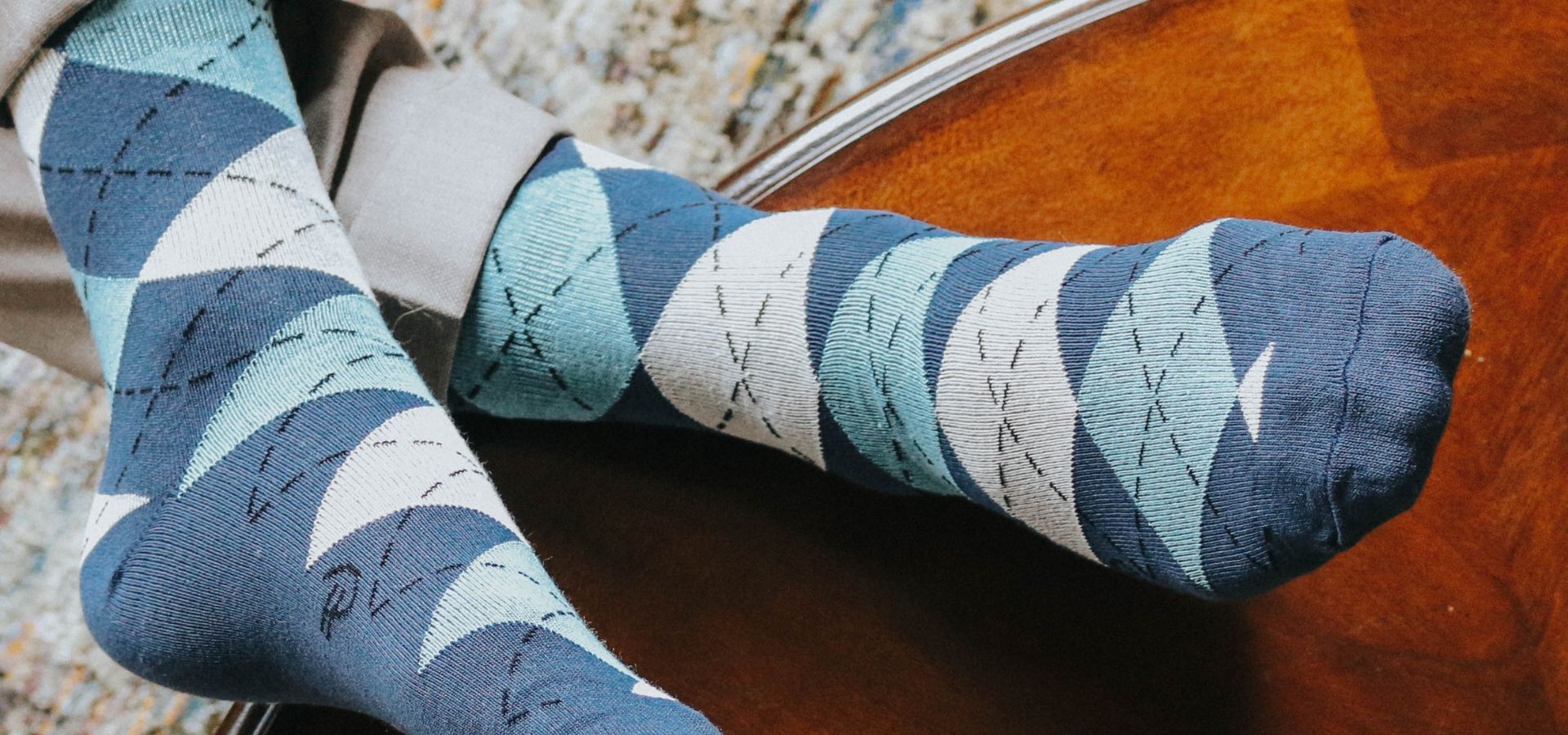
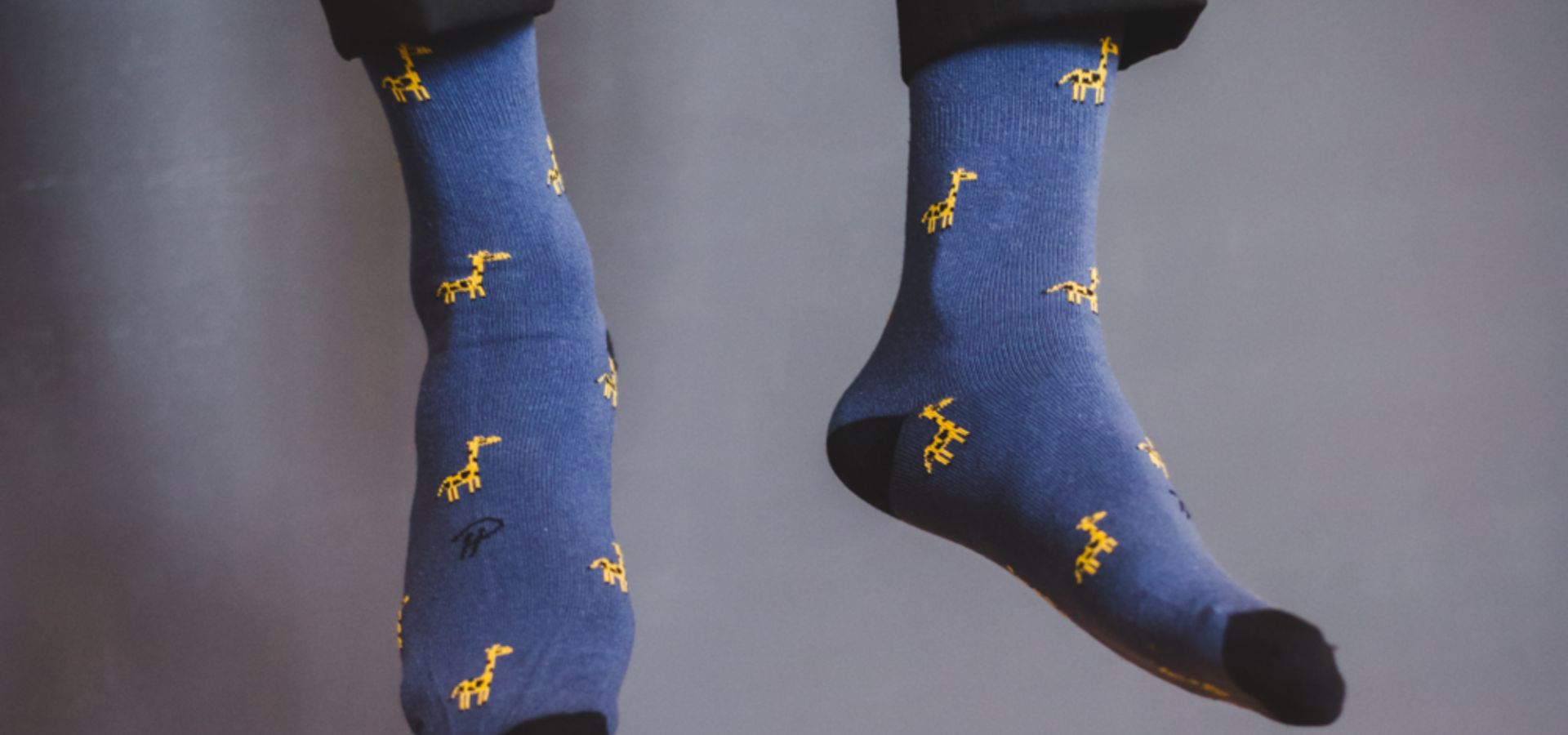

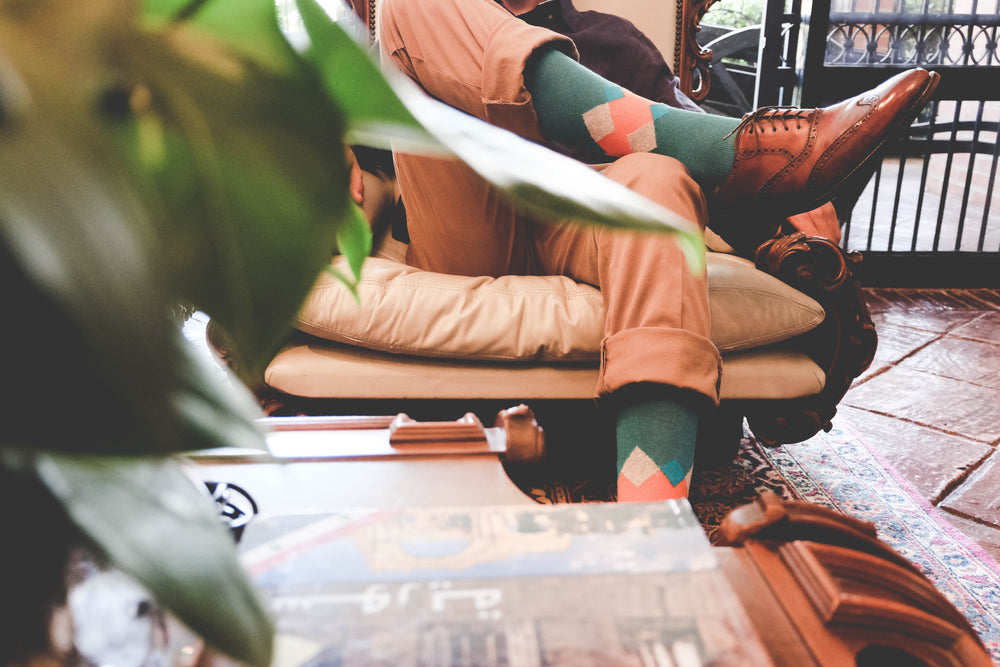



Leave a comment